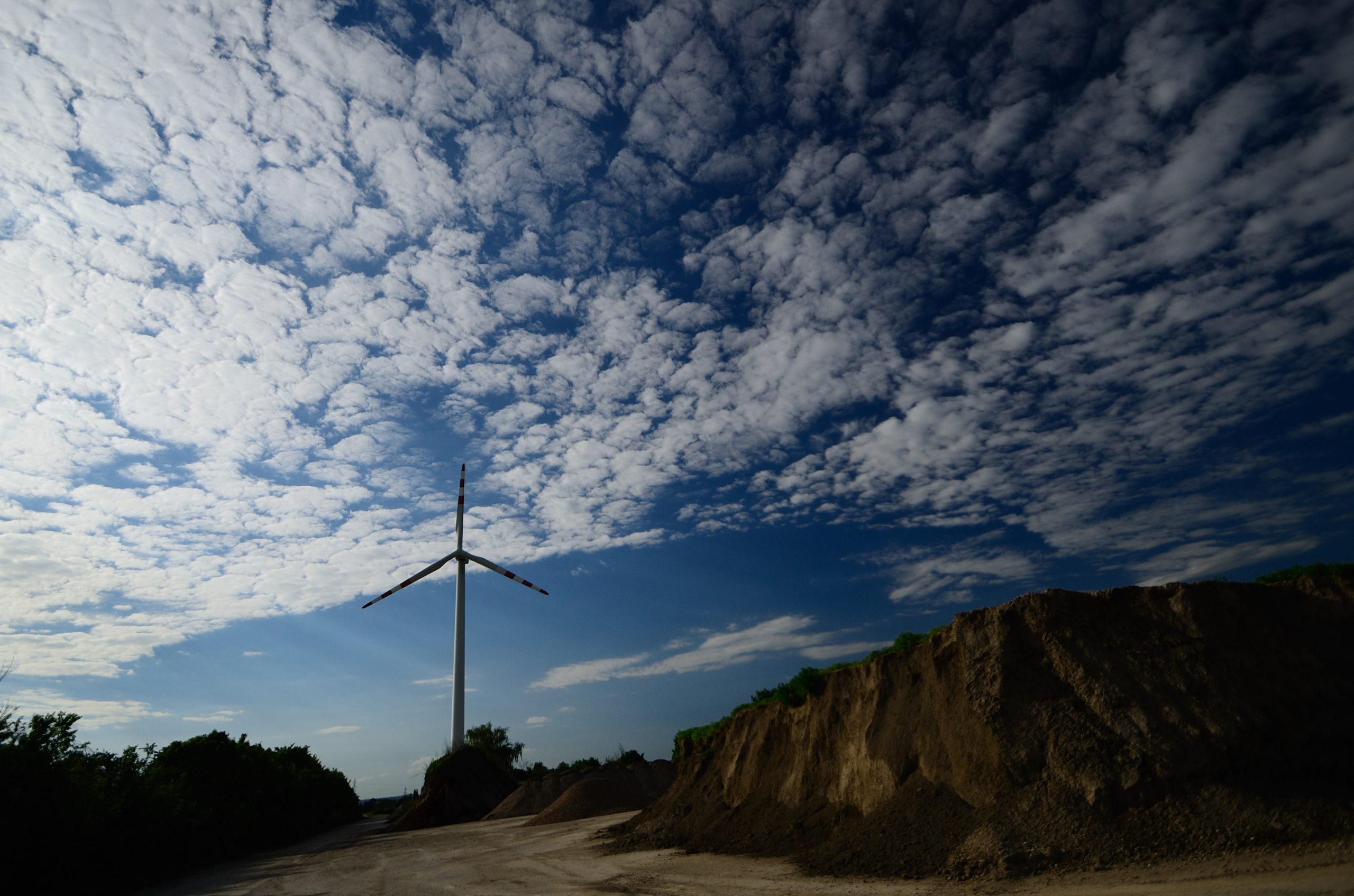Biomass energy, derived from organic materials, offers a sustainable and versatile solution to the world’s energy needs. This blog post explores the different types of biomass, the processes of converting biomass into energy, the environmental and economic benefits, and the challenges that must be overcome to fully realize its potential.
Understanding Biomass
Biomass encompasses a wide range of organic materials, including agricultural residues, forestry waste, and dedicated energy crops. These materials can be converted into various forms of energy through biological, thermal, and chemical processes.
- Types of Biomass: Common sources of biomass include wood and wood residues, agricultural crops and waste, animal manure, and organic municipal solid waste.
- Energy Crops: Certain crops, such as switchgrass, miscanthus, and algae, are specifically grown for energy production due to their high yield and low input requirements.
Conversion Processes
There are several methods to convert biomass into usable energy, each with its unique advantages and applications.
- Combustion: Directly burning biomass to produce heat, which can be used to generate electricity or provide industrial process heat.
- Gasification: Heating biomass in an oxygen-limited environment to produce syngas, a mixture of hydrogen, carbon monoxide, and methane. Syngas can be used for electricity generation or as a feedstock for chemical production.
- Anaerobic Digestion: Microorganisms break down organic matter in the absence of oxygen to produce biogas, primarily composed of methane and carbon dioxide. Biogas can be used for heating, electricity, or as a vehicle fuel.
- Pyrolysis: Decomposing biomass at high temperatures in the absence of oxygen to produce bio-oil, syngas, and biochar. Bio-oil can be refined into biofuels, while biochar can enhance soil fertility.
Environmental and Economic Benefits
Biomass energy offers numerous environmental and economic benefits, contributing to a sustainable and resilient energy system.
- Carbon Neutrality: Biomass is considered carbon-neutral because the carbon dioxide released during its combustion is offset by the carbon dioxide absorbed during the plant’s growth. This helps mitigate climate change.
- Waste Reduction: Utilizing agricultural and forestry residues, as well as organic waste, reduces landfill use and mitigates environmental pollution.
- Energy Security: Biomass energy enhances energy security by providing a reliable and locally sourced energy supply, reducing dependence on imported fossil fuels.
- Rural Development: Biomass energy projects can stimulate rural economies by creating jobs in farming, harvesting, processing, and transportation.
Challenges and Solutions
Despite its potential, biomass energy faces several challenges that must be addressed.
- Sustainability and Land Use: Large-scale biomass production can compete with food crops for land and water resources. Implementing sustainable farming practices and using marginal lands can help mitigate this issue.
- Technological Barriers: Advanced conversion technologies require significant investment and research. Continued innovation and government support are crucial to making these technologies cost-competitive.
- Logistics and Supply Chain: Collecting, transporting, and processing biomass can be complex and costly. Developing efficient supply chain management and local processing facilities can enhance feasibility.
Case Studies
Several successful biomass energy projects worldwide illustrate its potential.
- Sweden’s Bioenergy Leadership: Sweden has successfully integrated biomass into its energy mix, with bioenergy accounting for a significant portion of its renewable energy production. The country uses forest residues and agricultural waste to produce heat and electricity.
- Brazil’s Sugarcane Ethanol: Brazil is a global leader in bioethanol production, using sugarcane as a feedstock. This has reduced the country’s dependence on oil imports and created a robust biofuel industry.
- India’s Biogas Initiatives: India has implemented numerous biogas projects to provide clean energy to rural areas. Using agricultural waste and animal manure, these projects generate biogas for cooking and electricity, improving living standards and reducing deforestation.
Conclusion
Biomass energy presents a promising solution to the world’s energy challenges. By converting waste into valuable energy, it offers a sustainable and versatile option for reducing greenhouse gas emissions, enhancing energy security, and promoting rural development. With continued innovation and supportive policies, biomass can play a crucial role in the transition to a renewable energy future.







